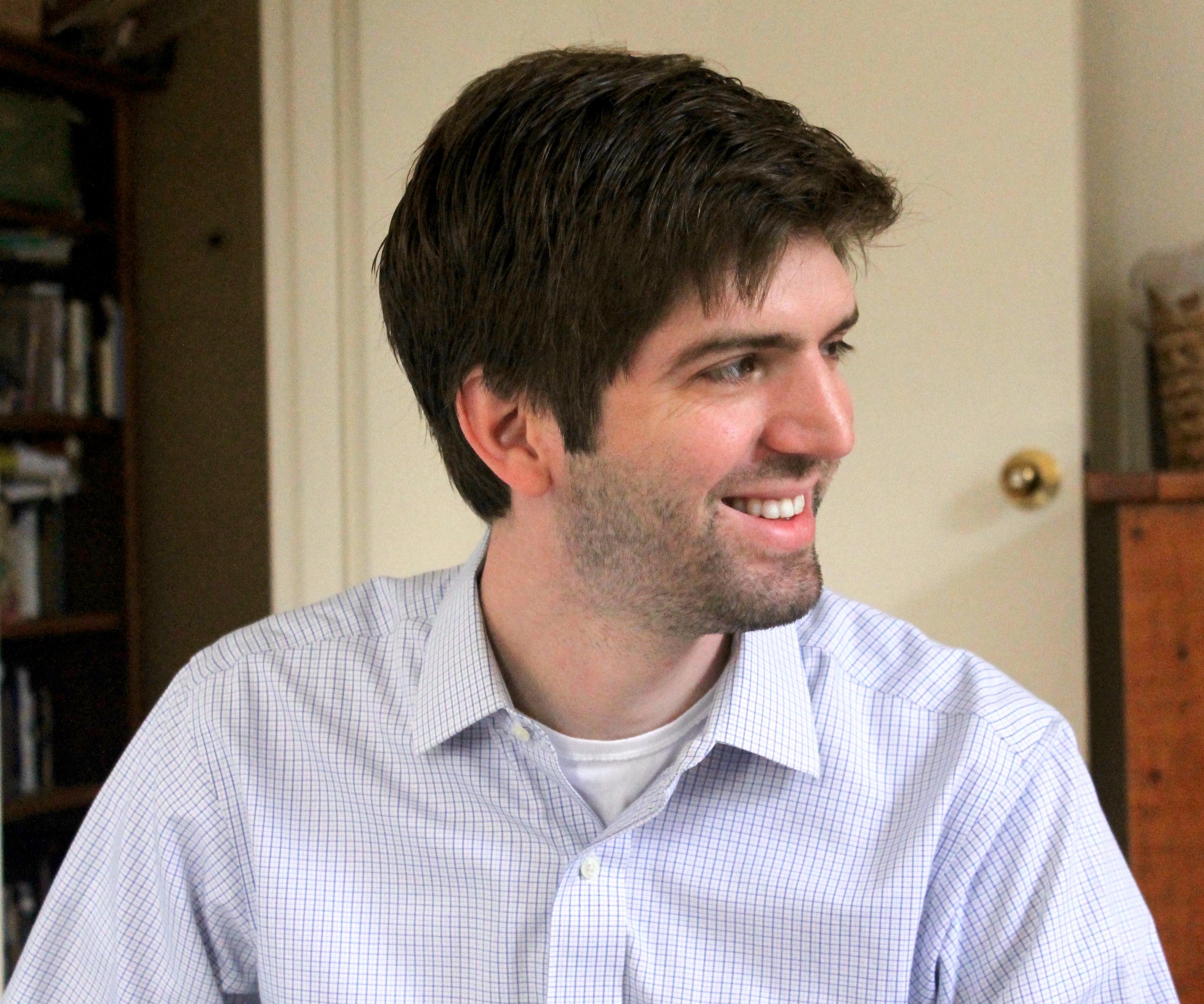From staying connected with co-workers to staying sane while working alongside a partner, the new work-from-home reality has created many challenges for employees and leaders. In this series, we examine top challenges and solutions, drawing on insights from Qualtrics Remote Work Pulse — a tool that helps organizations determine pain points for their remote workforce.
For a long time, many employees around the world considered the ability to work from home a “perk.” But the COVID-19 outbreak — and the stress and uncertainty it brought with it — has led to a new reality. According to the Qualtrics Remote Work Pulse survey, 52% of newly remote workers feel more anxious working from home, compared with just 18% who feel less anxious.
For company leaders, the challenge is twofold: managing their own stress and anxiety, and helping others do the same.
Eric Stine, an SAP executive, says the challenges people face go through stages. The Qualtrics Remote Work Pulse regularly provides him with insights, and Stine also sends a daily Pulse to his own team to stay updated on their latest pain points. When his direct reports first started working from home, the biggest concerns commonly had to do with basic needs like safety, health, and having enough food and supplies. The next wave of concerns were operational and financial. Concerns such as am I going to keep my job? Where in my house/apartment will I work? Where will my spouse/partner/roommate work? Will the kids get enough schooling to occupy them so we can work? Where will everyone carve out the space they need to continue performing their responsibilities?
While stress can obviously take a toll, it can also bring unexpected benefits. Kari Leibowitz is an interdisciplinary graduate fellow at Stanford University, where she partners with Professor Alia Crum, Ph.D., who leads the Stanford Mind & Body Lab. Leibowitz tells us that the stress that comes from working from home doesn’t have to be all bad. This time can be an opportunity to develop what psychologists refer to as the “stress-is-enhancing mindset,” says Leibowitz, in which the stress we’re experiencing can help us connect with our values and priorities.
Simply put, stress can show you what you care about and what matters to you. “If we’re stressed about juggling our jobs and family responsibilities right now, we can remind ourselves that that’s because we care about doing our work really well, and we also care about keeping our family happy and healthy,” Leibowitz says. “Reconnecting with the positive motivation behind the stress can be the first step in channeling that stress to help you meet these goals, and examining your behavior to make sure it’s aligned with your priorities.”
This mindset shift also presents an opportunity for leaders to see the big picture — especially as they look ahead to a way of working that will look very different. “Times of transition and uncertainty can also be times full of growth, so now could be an opportunity to check in, change directions, innovate, and drop what isn’t working, or try something new,” Leibowitz says.
Stine says that when it comes to helping people navigate the stress of this time, leaders have one big responsibility.
“Empathy reigns right now,” he tells Thrive Global. “We have to respect that not everyone is going to be OK every day — that we need more patience, more communication, more encouragement for a job well done or encouragement to take time off. We have to respect that the people around us (virtually around us) are making sacrifices — some every day — that we cannot see or hear and which they may not want to share.”
Stine adds that this kind of leadership is only possible if leaders take care of their own well-being. So, he has a rule: “No matter what, take some time every day — twice a day — for yourself and your family. You can’t lead from a place of weakness or depletion.”
To better manage stress and anxiety and lead with both strength and empathy, try these Microsteps:
The experts cited in this story were not paid for their participation, nor does their participation imply an endorsement of the products and/or services mentioned above.


